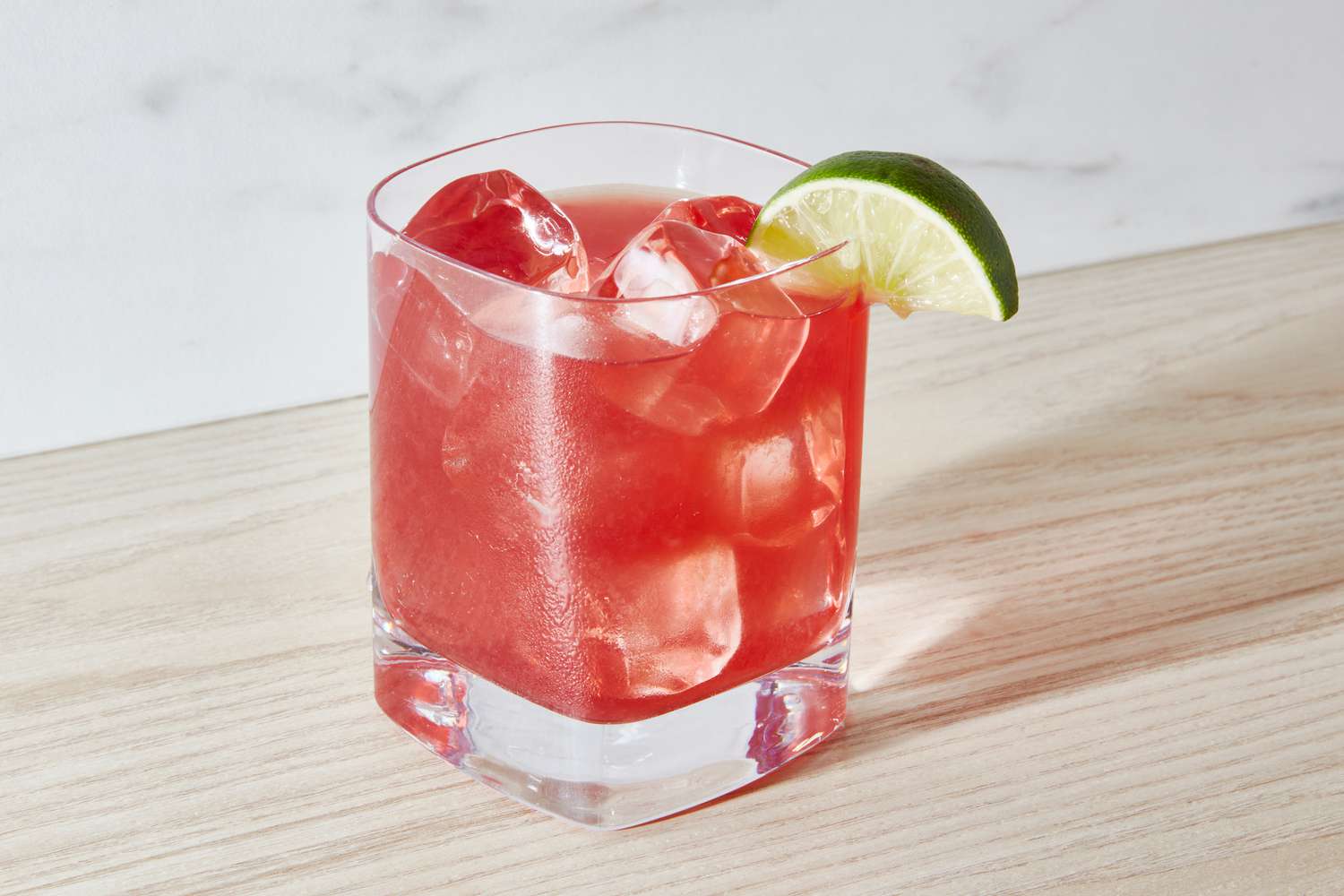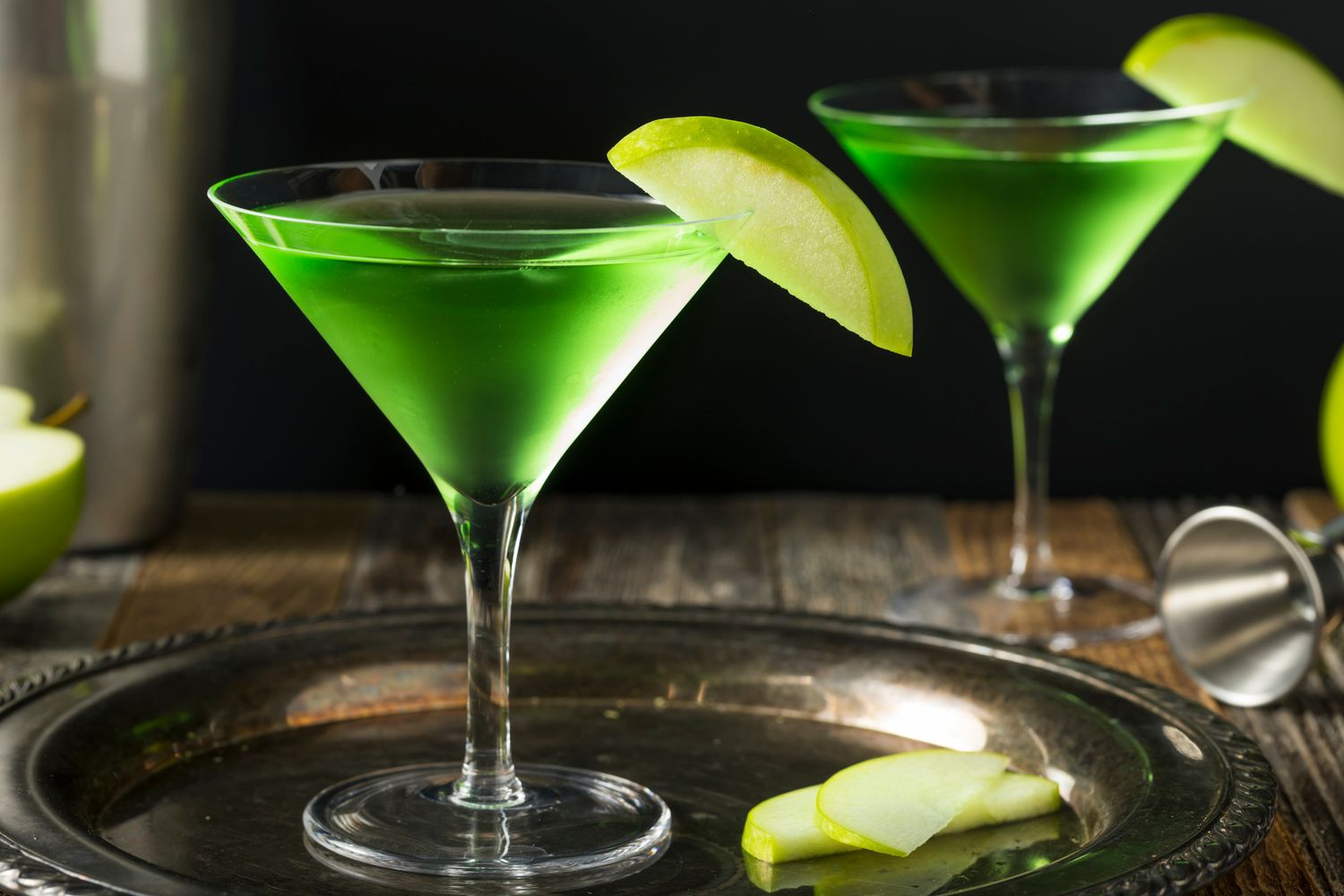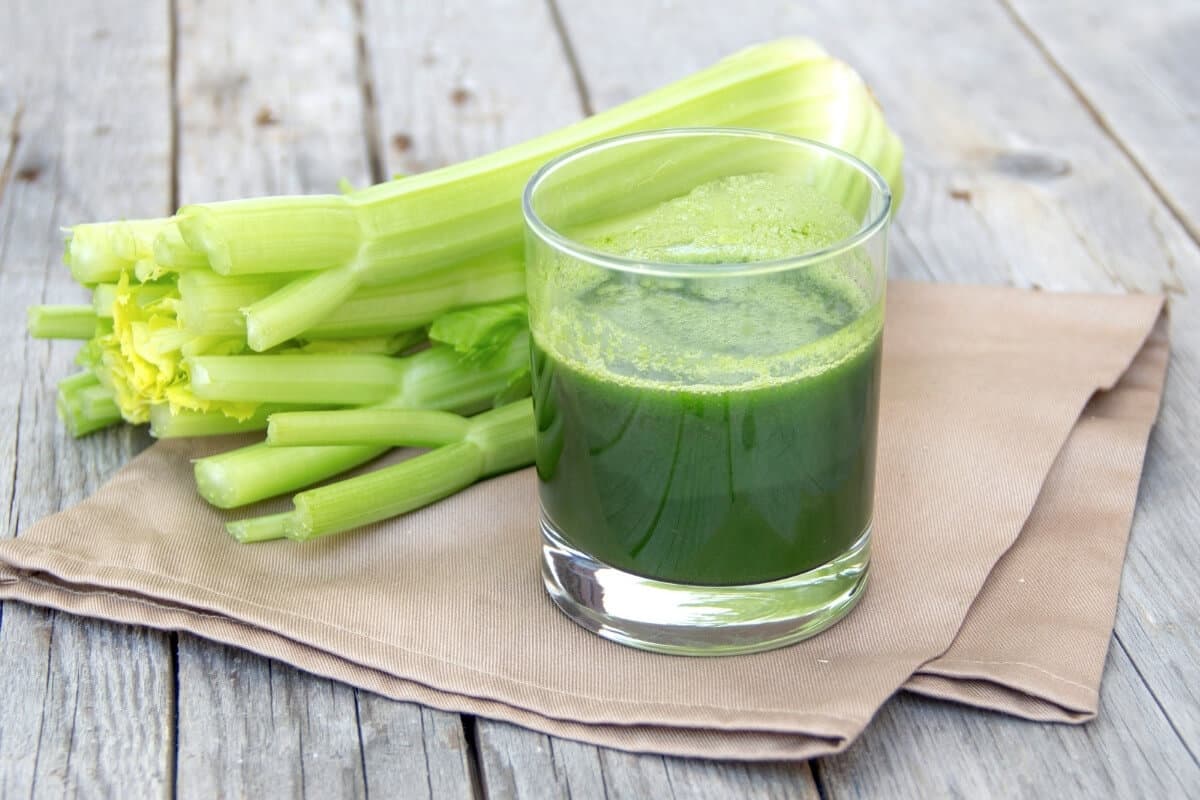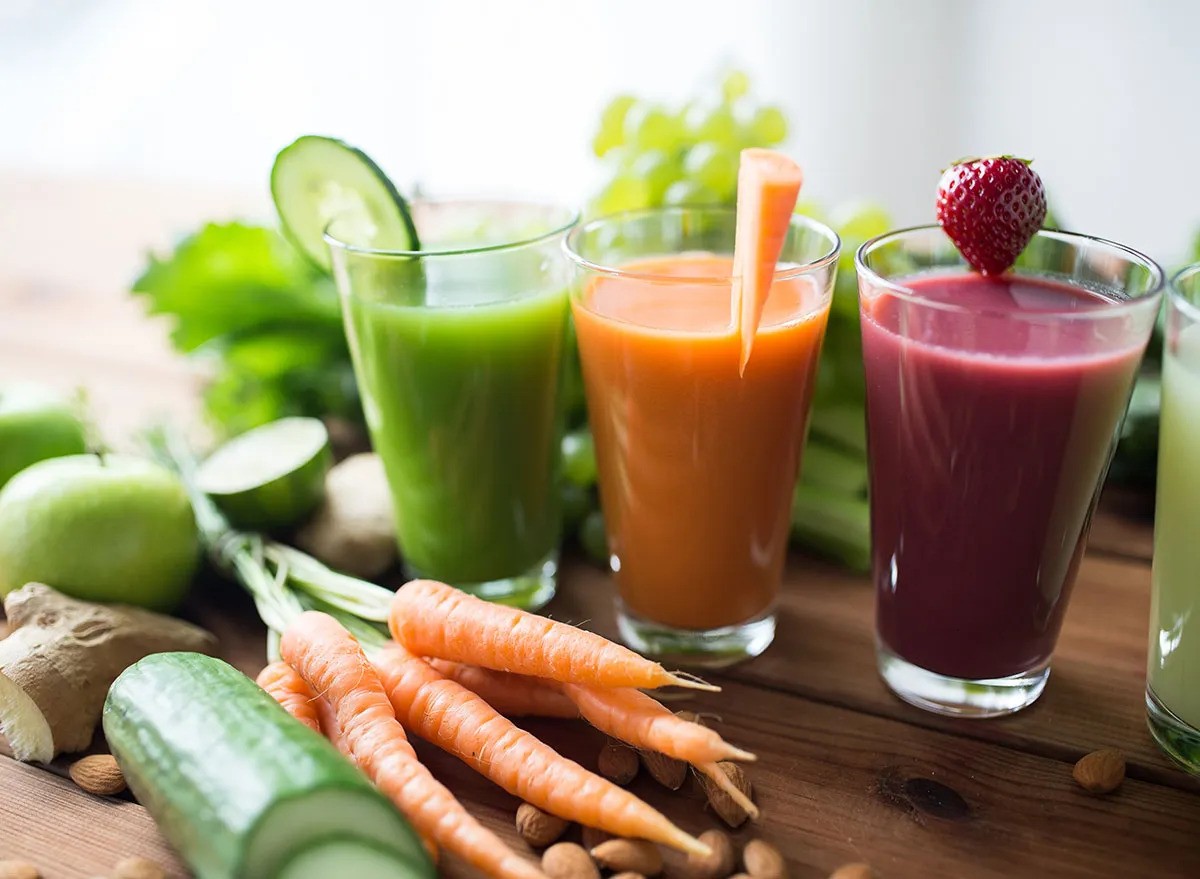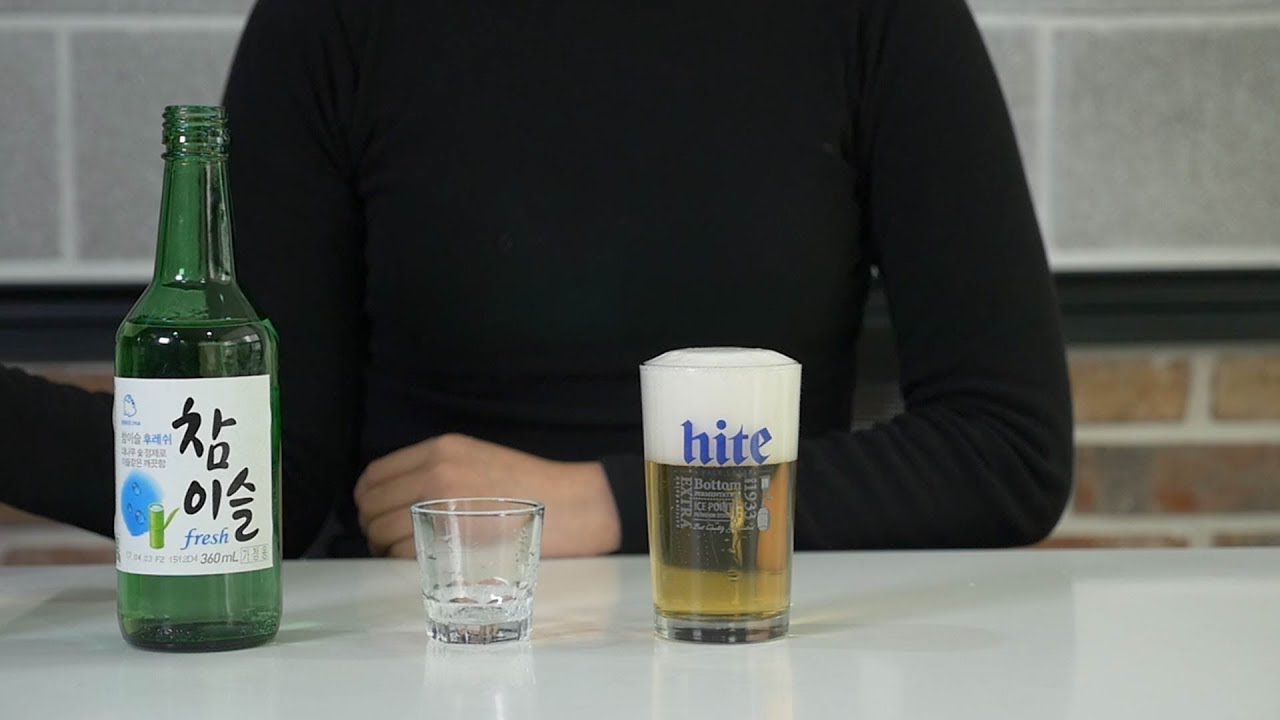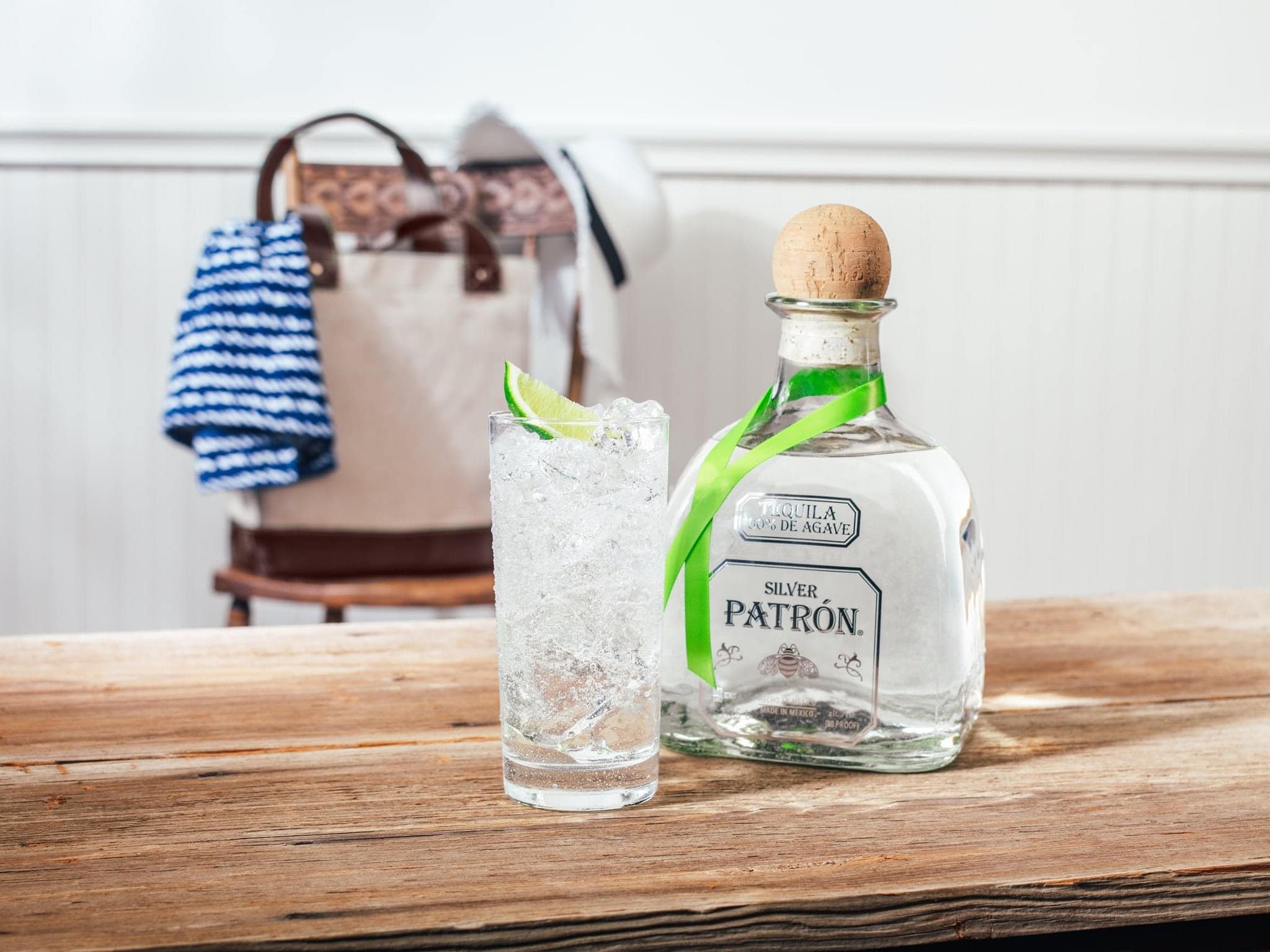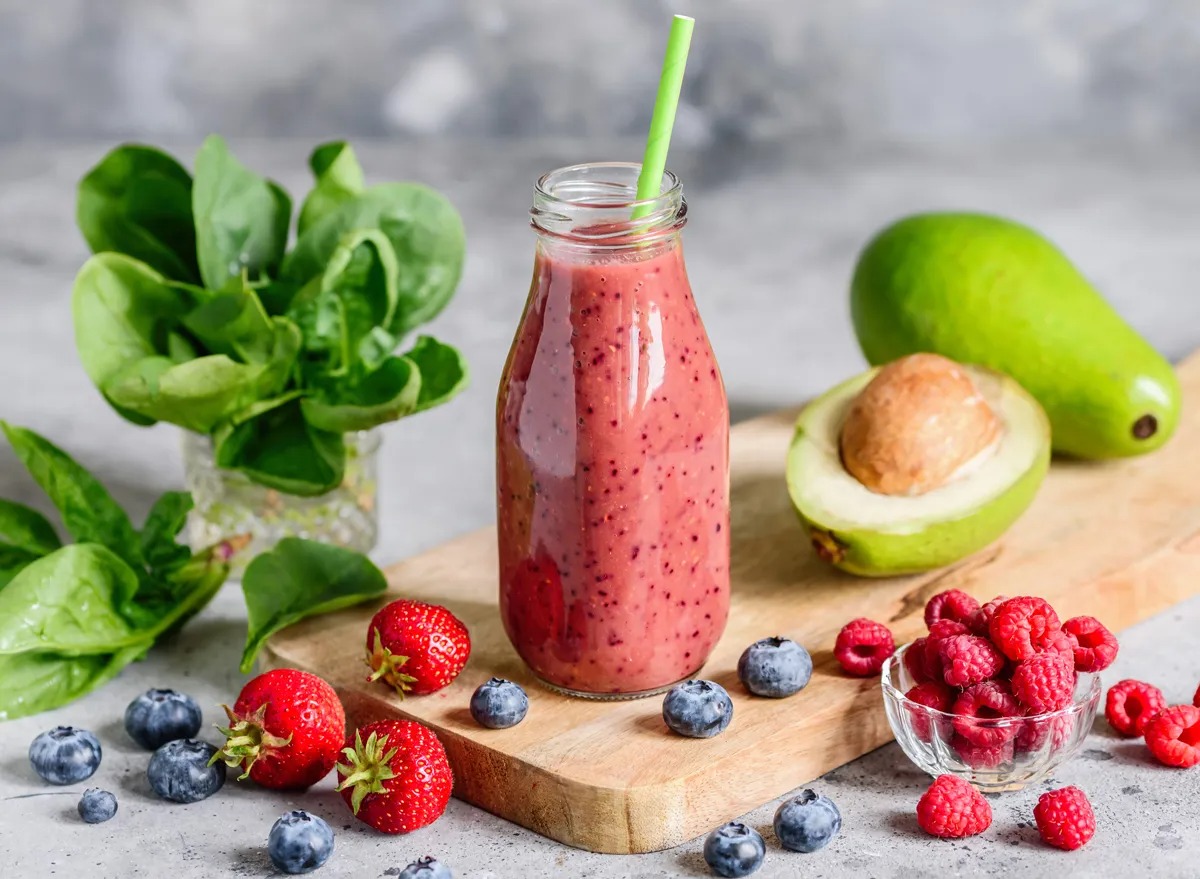How to Enjoy Chinese Tea the Right Way
Chinese tea is not just a beverage; it’s a cultural experience that has been perfected over thousands of years. From the delicate aroma to the soothing taste, every aspect of Chinese tea drinking is steeped in tradition and mindfulness. If you want to savor the true essence of Chinese tea, here’s how to drink it properly:
Choose the Right Tea
Before you can enjoy a proper Chinese tea ceremony, you need to start with the right tea. There are countless varieties of Chinese tea, each with its own unique flavor profile and brewing requirements. Some popular options include:
- Green tea: Known for its fresh and grassy flavor, green tea is best brewed at lower temperatures to preserve its delicate taste.
- Oolong tea: With a complex and nuanced flavor, oolong tea should be brewed multiple times to fully appreciate its evolving taste.
- Pu-erh tea: This aged tea offers a rich and earthy flavor, and it’s often enjoyed after a meal to aid in digestion.
- White tea: Delicate and subtle, white tea should be brewed with water that is just below boiling to bring out its gentle flavors.
Prepare the Tea Set
Traditional Chinese tea drinking involves using a specific set of tools to brew and serve the tea. This typically includes a teapot, tea cups, a tea strainer, and a tea tray. Before you start brewing, make sure your tea set is clean and free from any lingering aromas that could affect the taste of the tea.
Master the Art of Brewing
When it comes to brewing Chinese tea, precision and timing are key. Here’s a general guide to brewing the perfect cup:
- Preheat the teapot and cups: Pour hot water into the teapot and cups to warm them up, then discard the water.
- Measure the tea: Use the appropriate amount of tea leaves for the type of tea you’re brewing. The ideal ratio is typically 1 teaspoon of tea leaves for every 6 ounces of water.
- Control the water temperature: Different types of tea require different water temperatures. Green tea, for example, should be brewed with water that is around 175°F, while black tea can handle boiling water at 212°F.
- Steep the tea: The steeping time varies depending on the type of tea and your personal preference. Start with a shorter steeping time and adjust to taste.
Embrace the Ritual
Chinese tea drinking is as much about the experience as it is about the flavor. Take the time to appreciate the ritual of pouring and serving the tea. Hold the teapot and cups with care, and pour the tea slowly and deliberately. Engage all your senses as you savor the aroma, color, and taste of the tea.
Pair with Traditional Snacks
To fully immerse yourself in the Chinese tea drinking experience, consider pairing your tea with traditional snacks like mooncakes, dumplings, or almond cookies. These snacks complement the flavors of the tea and add an extra layer of enjoyment to the ritual.
Appreciate the Aftertaste
After you’ve finished your cup of tea, take a moment to appreciate the lingering aftertaste. Chinese tea is known for its enduring finish, and the aftertaste can reveal subtle nuances and complexities that you may have missed during the initial sips.
By following these steps and embracing the cultural significance of Chinese tea drinking, you can elevate your tea experience from a simple beverage to a profound and enriching tradition.
Was this page helpful?
Read Next: How To Drink Coffee Capsules Without Machine

